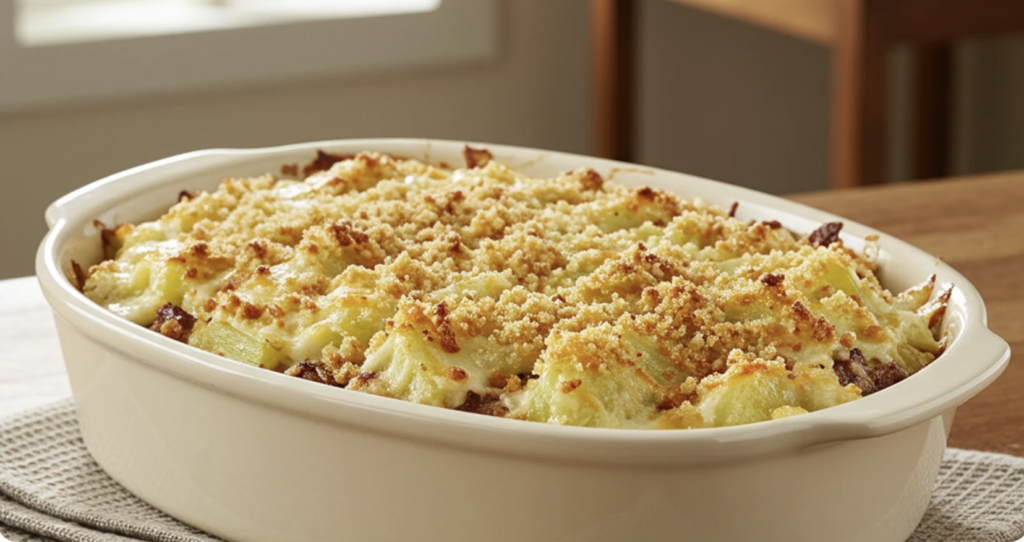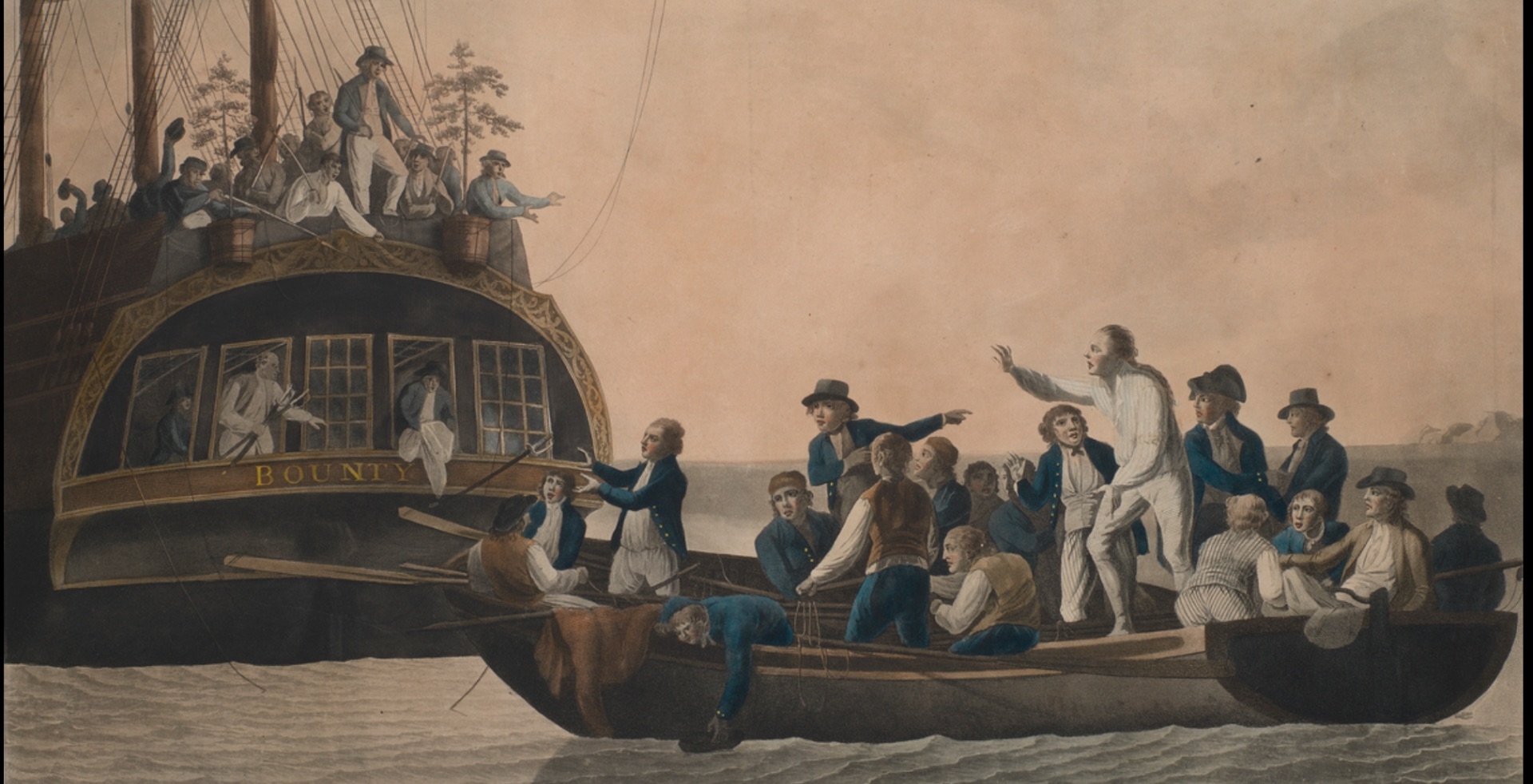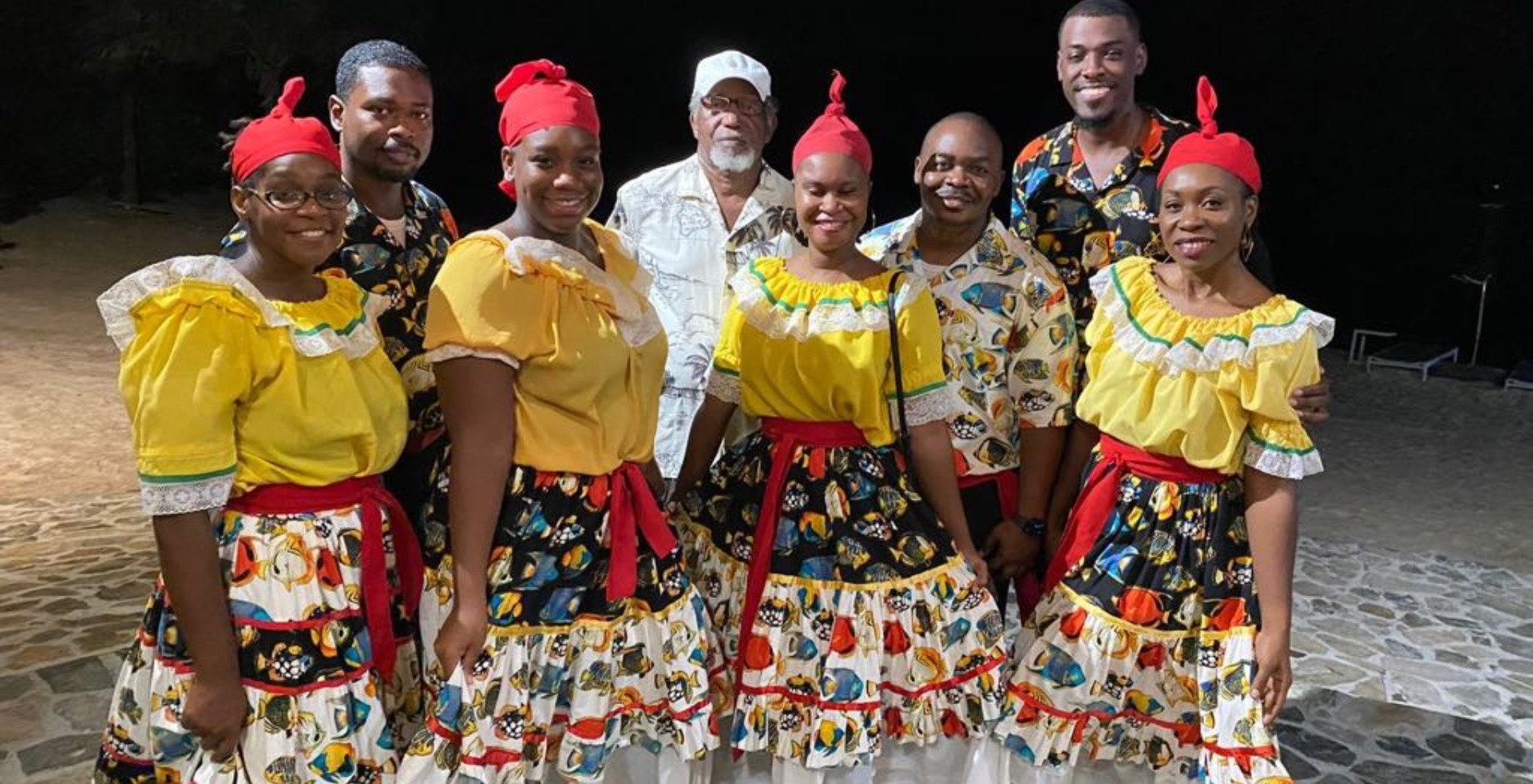The Mutiny and the Breadfruit

Remember the infamous Captain Bligh from Mutiny on the Bounty? Well, here in the Caribbean he is remembered for more than the events of that ill-fated voyage. It was William Bligh who brought the breadfruit, one of the region’s most versatile foods, to the Caribbean including the British Virgin Islands. Commissioned by the British government, Bligh brought this starchy fruit from Tahiti as an economical food source for the West Indies’ slave population.
The first plants shipped aboard the Bounty’s 1789 voyage never made it here, thanks to that notorious mutiny. In 1793, he tried again, transporting the fruit to Jamaica and St. Vincent where it was successfully established. Since then, the breadfruit has spread throughout the Caribbean, including here in the British Virgin Islands, where it is often used as potato-like side dish.

Large and oval-shaped, the breadfruit has a dimpled green outer skin but is yellowish-brown to white on the inside. The fruit hangs like a lantern from a majestic tall and leafy tree, the Artocarpus altilis, which can reach heights of 60 feet or more. Its large long-fingered leaves make this evergreen member of the mulberry family, a shady addition to many local gardens. Because the fruit is seedless, the tree is propagated from root suckers.
Weighing anywhere from one to one and a half pounds, and measuring six to 10 inches in diameter, the breadfruit has a potato-like consistency and can be substituted for any carbohydrate from pasta to rice. This soft and fleshy fruit is also a healthy addition to the diet. Compared with other starchy foods eaten in the Caribbean Islands, it contributes appreciable amounts of protein, carbohydrates and dietary fiber. In addition, the breadfruit contains calcium, magnesium, phosphorous and potassium, as well as vitamins A, B and C. And in the best news for those watching their calories, it has a low fat content.
This distinctive fruit is not edible until cooked, and here in the British Virgin Islands is typically roasted in the oven. But adventurous cooks wishing to add an exotic West Indian dish to their menu may like to try one of the following recipes.
In the BVI breadfruit, when in season, can be found at the Saturday morning market in Road Town. Elsewhere in large cities with a Caribbean population, try a West Indian produce market. Canned breadfruit is also available in some areas and can be used as a substitute for fresh in most recipes.

BREADFRUIT CHEESE PIE
2 lbs. breadfruit
2 oz. margarine
2 eggs. Separated
1 green pepper, chopped
1 medium sized onion, chopped
6 oz. grated cheese
1 teaspoon salt
1 teaspoon black pepper
Peel the breadfruit and boil in salted water. Drain well and mash. Beat with cheese, egg yolks, margarine and milk. Season with sweet pepper, onion, salt and pepper. Whisk egg whites until stiff and fold very lightly into the mixture. Pours into a well-greased pie dish and bake at 350 degrees for about 30 minutes.
Serves 6
BREADFRUIT FRITTERS
1 lb. breadfruit, peeled and cored
3 oz. flour
1 egg
½ cup milk
3 tablespoons vegetable oil
½ teaspoon baking powder
1 tablespoon baking powder
1 tablespoon sugar (optional)
¼ teaspoon salt
Cut the breadfruit into thin slices, steam to tenderness and mash well. Add remaining ingredients and mix well. Drop spoonfuls of the breadfruit mixture into hot fat and fry on both sides until crisp and brown. Drain fritters on absorbent paper and serve immediately.
Serves 4
For more local culture go to:






